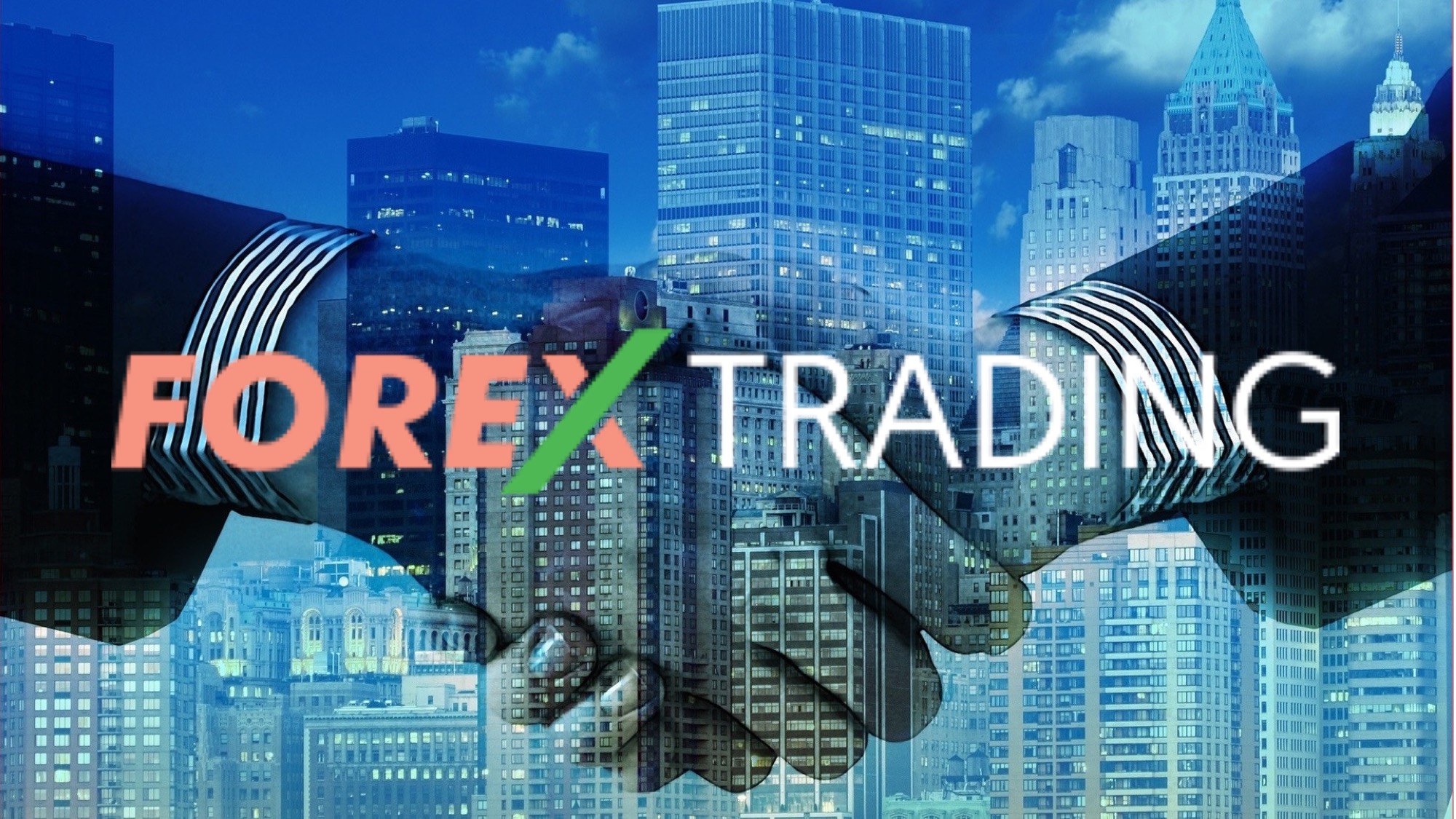Volatility in the Forex Market – How Does it Work?

When you trade forex, you mostly encounter the word volatility. What does it mean: Volatility in trading refers to how quickly the price can change in the market? Oftentimes, volatility is associated with risks in trading. When an asset is more volatile, it is also prone to more risks.
Understanding Volatility
Volatility is probably the most misunderstood term in the trading industry. If professional traders don’t really mind volatility, small-time traders or retail traders don’t really know the extent of volatility and how it affects every trade you make. Unfortunately, without volatility, there will be no price movements in the market. If there are no price movements, traders will have a hard time catching up with profitable trades or even making profits.
To say it simply, volatility is the price change over a particular period of time. The more changes in the price get recorded, the more volatile the financial asset can become. Those highly volatile assets most likely move erratically which can cause impressive increases and also dramatic falls too. For less volatile assets, they are the ones who have little to no movements. It is wise to combine volatile assets and non-volatile assets to diversify the risks in your trading platform.
What is Implied Volatility?
Implied volatility is known as the estimated volatility on the given price of a financial asset at a later time. You mostly see implied volatility when dealing with options pricing.
How to measure volatility
Volatility is mostly measured through the use of standard deviation in statistics or variance. But in Forex, traders are able to measure volatility through the use of indicators like Average True Range and Bollinger Bands.
Bollinger Bands involves two bands – the upper band and the lower band. Generally speaking, when the bands are widening, the more volatility on the underlying asset. Average True Range, on the other hand, was created by Welles Wilder. It is also a very well-known indicator that uses a smoothed moving average out of historical true range values.
The Relationship of Volatility and Risk in Trading
The concept that’s being followed in Forex trading is that the more volatile the asset, the riskier it is. But volatility can work with or against a trader and when you are dealing with a highly volatile market, you must take extra caution. Major pairs, such as the ones with USD as the base or the counter, mostly experience fluctuations compared to those currency pairs that belong to the exotic category like Mexican peso and Turkish lira. That being said, major pairs in the Forex market are less risky for traders but the profit opportunity is also quite low.
Also Read: 10 steps to building a winning trading plan
How To Trade Volatility
It is a lucrative move to trade very high volatile instruments. And because of that, traders must pay extra attention when they trade forex, opening a trading position and use a comprehensive risk management plan. It is advisable to use stop losses when trading in a highly volatile market as this will help improve your chances of gaining a considerable amount of profits while escaping from all the risks associated with Forex trading.



